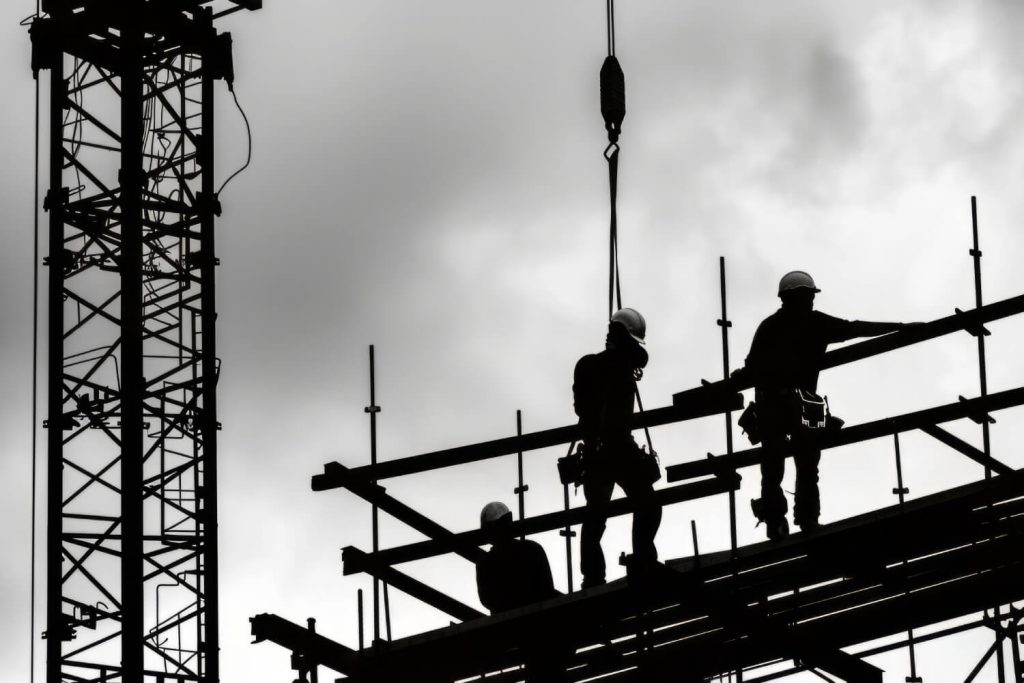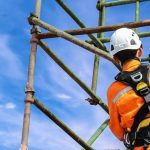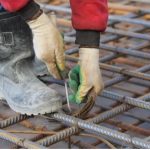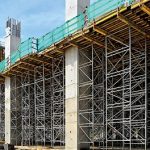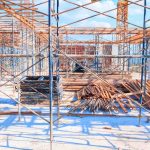Across Malaysia, buildings grow from the ground up — from small homes to tall towers. At the heart of these projects stands one key support: scaffolding. Whether you’re repairing a roof or building an entire floor, you need a strong frame. But should you buy scaffolding second hand or go with scaffolding rental?
The answer depends on more than just money. It depends on how often you work, what tools your team handles well, and how your daily tasks unfold. Let’s explore both choices and help you decide what fits your work best.
Know What Your Project Demands
Before you dive into a choice, pause and look at how your projects run. Ask these questions:
- How often do you use scaffolding?
- Do your job sites change often?
- Can your team manage repairs and storage?
When you think through these points, your direction becomes clearer. If your crew works every day, owning might suit you. If you shift from site to site with small teams, renting could save time. Your answers shape your next move.
Scaffolding Second Hand: Full Control, Full Effort
Buying second-hand scaffolding hands you full command. You steer how your team uses it and train them to work faster with familiar tools. For long builds, this gives a strong advantage.
But this path demands effort. You must scan each frame before buying. Reject any rusty joints or bent parts. One weak section can wreck the whole setup. Once bought, stack and store it well. Leaving it exposed or poorly piled ruins its strength.
Keep these three points in mind:
- Examine before purchase: Hunt for cracks, loose bolts, or warped metal that might weaken the structure.
- Guard it with smart storage: Stack it under cover to block rain and sunlight that slowly chew through metal.
- Sharpen your team’s skills: Help them learn quick setups and takedowns. Familiar scaffolding often speeds up the job.
If your crew builds often or stays on one site for months, second-hand scaffolding saves time. You skip bookings and delays and build faster with tools you own and trust.
Scaffolding Rental: Easy to Use Without the Extra Weight
Renting scaffolding Malaysia lets you glide through projects without hauling or fixing heavy gear. Book it, build with it, then return it. This fits jobs that shift often or stay brief.
Most rental services drop off what you need and sometimes help with setup. You dodge long-term care, avoid clutter, and stay light. That frees your team to focus and meet deadlines.
Focus on these three points:
- Escape long-term duties: You don’t clean, fix, or store it. The provider handles everything from pickup to delivery.
- Tackle short jobs easily: Rent only when required. This keeps your worksite neat and your schedule flexible.
- Watch your timing: Late returns trigger charges. Delivery delays can freeze your project before it even begins.
If your work shifts across towns or follows tight schedules, scaffolding rental keeps you nimble. You carry less, move faster, and stick to the task without tool worries.
Use Cases That Help You Choose
To decide between the two, match each option with real-world use cases:
- Ongoing Renovations: If your business handles repeat interior or exterior makeovers in commercial or residential buildings, buying scaffolding makes sense. You keep it on-site, reduce rental bookings, and allow your team to set up at any time.
- Seasonal Projects: For companies that take seasonal jobs or one-off builds, renting scaffolding offers better value. You only pay for what you need, avoid storage, and maintain flexibility.
- Multiple Locations: If your team handles different locations across Malaysia in a short span, rentals ease the burden. With delivery services and temporary use, you manage time better.
- Large-Scale Construction: If your job spans six months or more, buying second-hand scaffolding supports smoother operations. You avoid waiting for gear and don’t rely on external suppliers.
These cases show how different workflows match different solutions. Your job type, schedule, and team size will help you decide what fits.
What Should You Think About?
1. Maintenance and Inspection
- Second-hand scaffolding is your responsibility. Regular maintenance is essential, including checking equipment, cleaning, tightening loose bolts, and fixing any damage. Neglecting these tasks can lead to significant problems later on.
- Rentals come checked and cleaned. Companies prepare the scaffolding before they send it out. This lowers your stress and helps you focus on the job.
2. Customisation and Accessory Needs
- Some jobs need special shapes or extra height. If you own the scaffolding, you can buy what you need and set it up your way. With rentals, you depend on what the company has in stock.
3. Storage and Transport
- Scaffolding takes up space. If you own it, you must store it dry and safely. You also carry it from site to site. If you rent, you skip all this. You just book it, use it, and give it back.
Difference between Scaffolding Second Hand vs. Scaffolding Rental
Let’s look at the key differences side by side. This table shows what each option offers in real life.
| Feature | Scaffolding Second Hand | Scaffolding Rental |
| Ownership | Yours to keep | Pay per use |
| Care and Repairs | Your job | Company’s job |
| Flexibility | Based on what you own | Based on the company’s stock |
| Storage Space | Required | Not needed |
| Upfront Decision | Big commitment | Smaller risk |
| Best For | Ongoing, long projects | Quick or part-time work |
| Transport | You arrange it | Often included |
This chart helps you compare both choices quickly before deciding what fits your workflow.
Final Thoughts:
The better choice depends on how you work. If your team handles major builds and sets up scaffolding regularly, owning scaffolding second hand might give you more control and save time over the long term.
But if your projects run short or jump across locations, scaffolding rental may suit you better. It allows you to stay flexible, move faster, and avoid managing storage or upkeep.
For businesses in Malaysia exploring either option, firms like Power Metal & Steel provide access to a wide range of scaffold types and support. Whether you choose to own or rent, what matters most is how well your scaffolding solution fits into your daily workflow — safely, smoothly, and without extra stress.
FAQs
Rental often costs less upfront, especially for short jobs, but long-term use makes second-hand scaffolding more economical over time.
Yes, if inspected properly before use. Check for rust, damage, and loose joints to maintain safety on-site.
Inspect regularly for cracks, corrosion, and loose parts. Follow DOSH guidelines and ensure all components meet local safety standards.
Yes, with routine inspections and proper storage. Avoid damaged parts and ensure structural strength before assembly.
